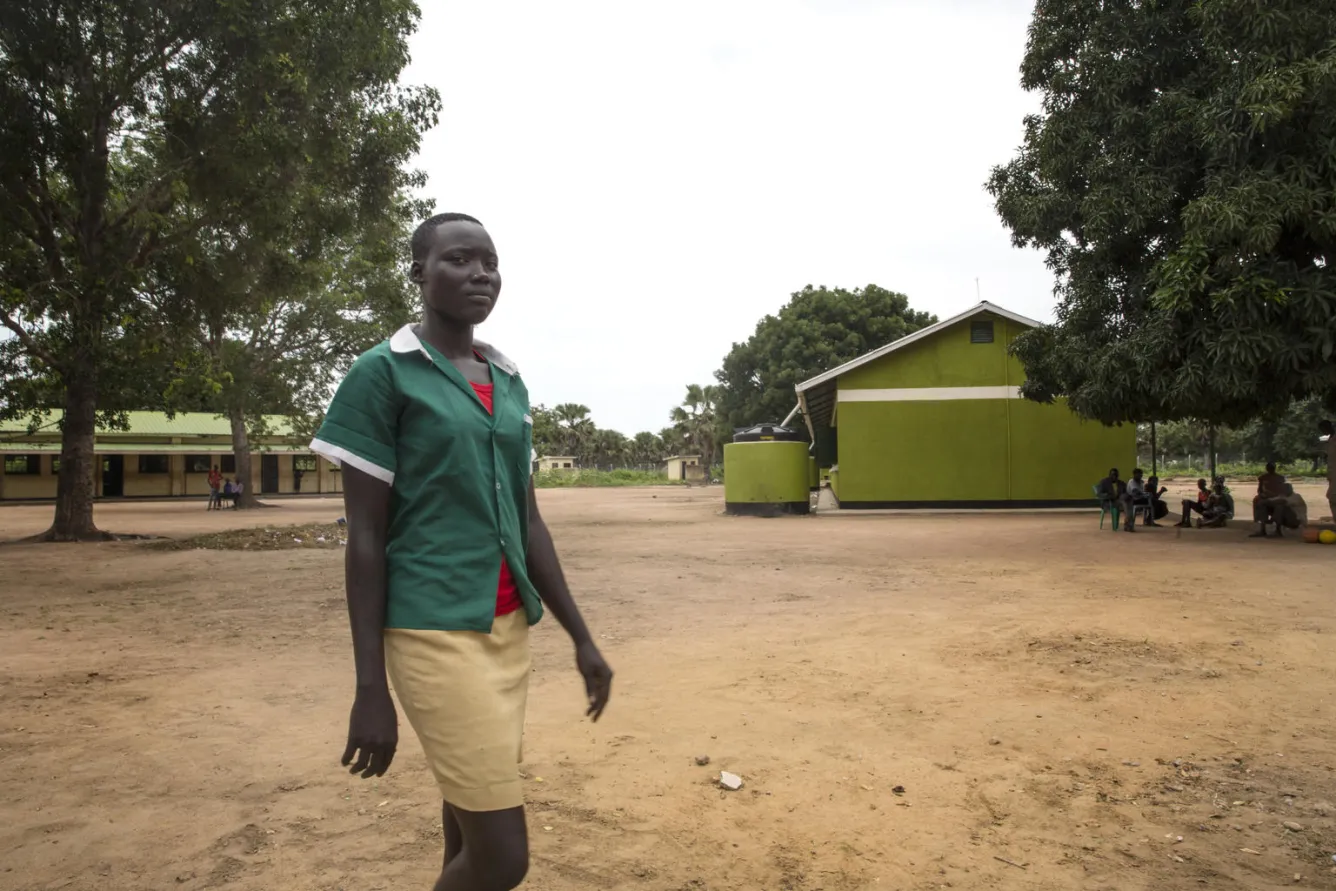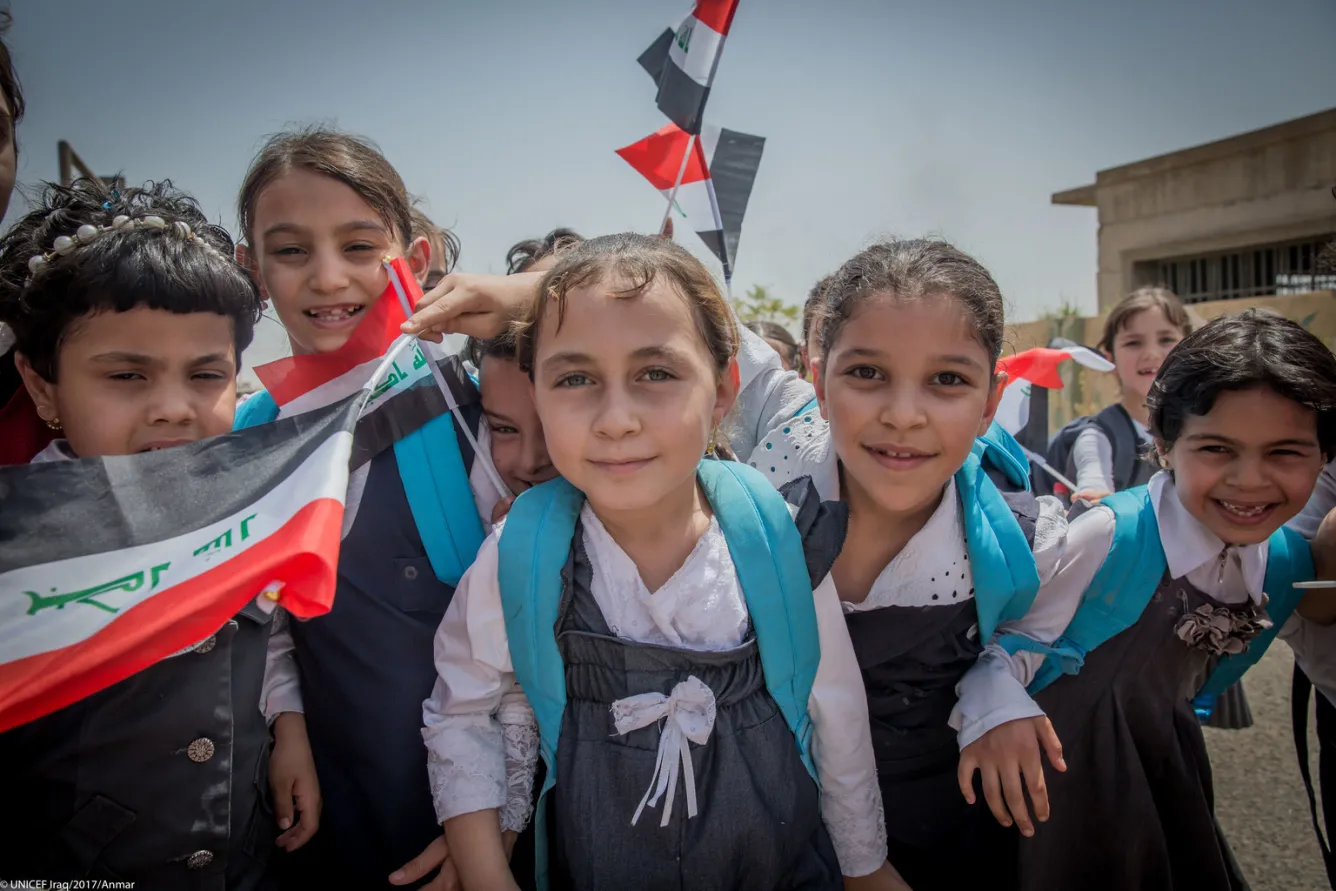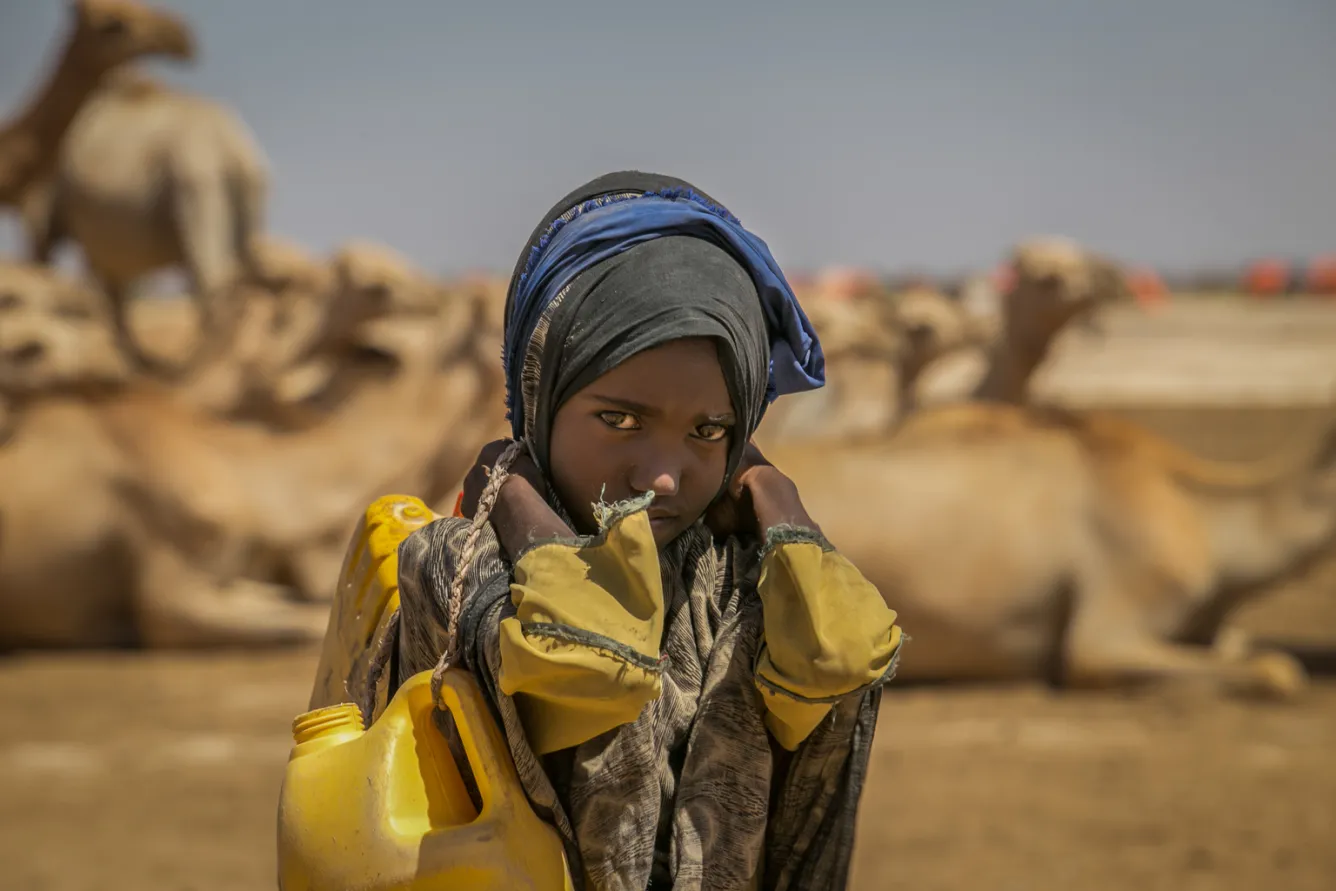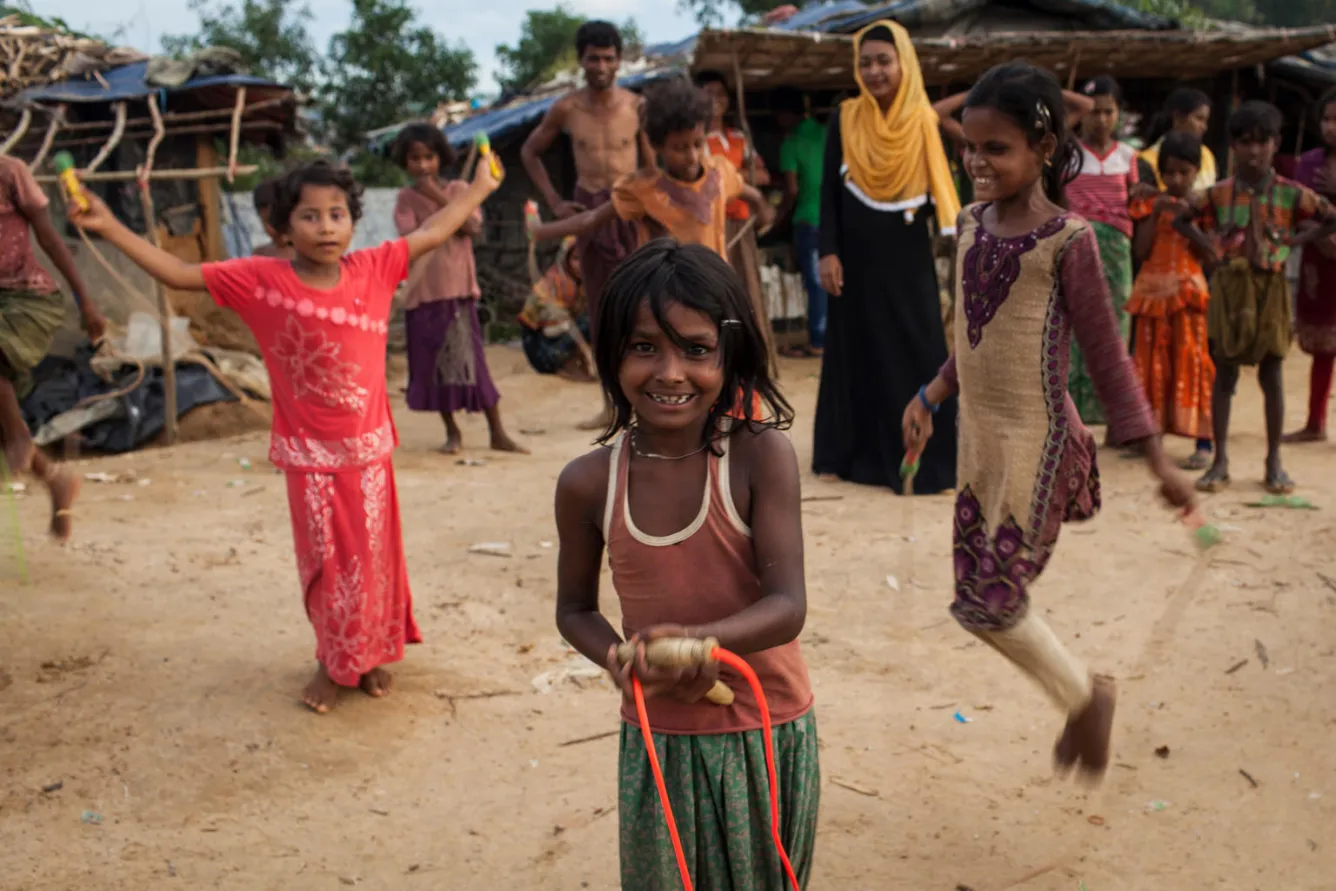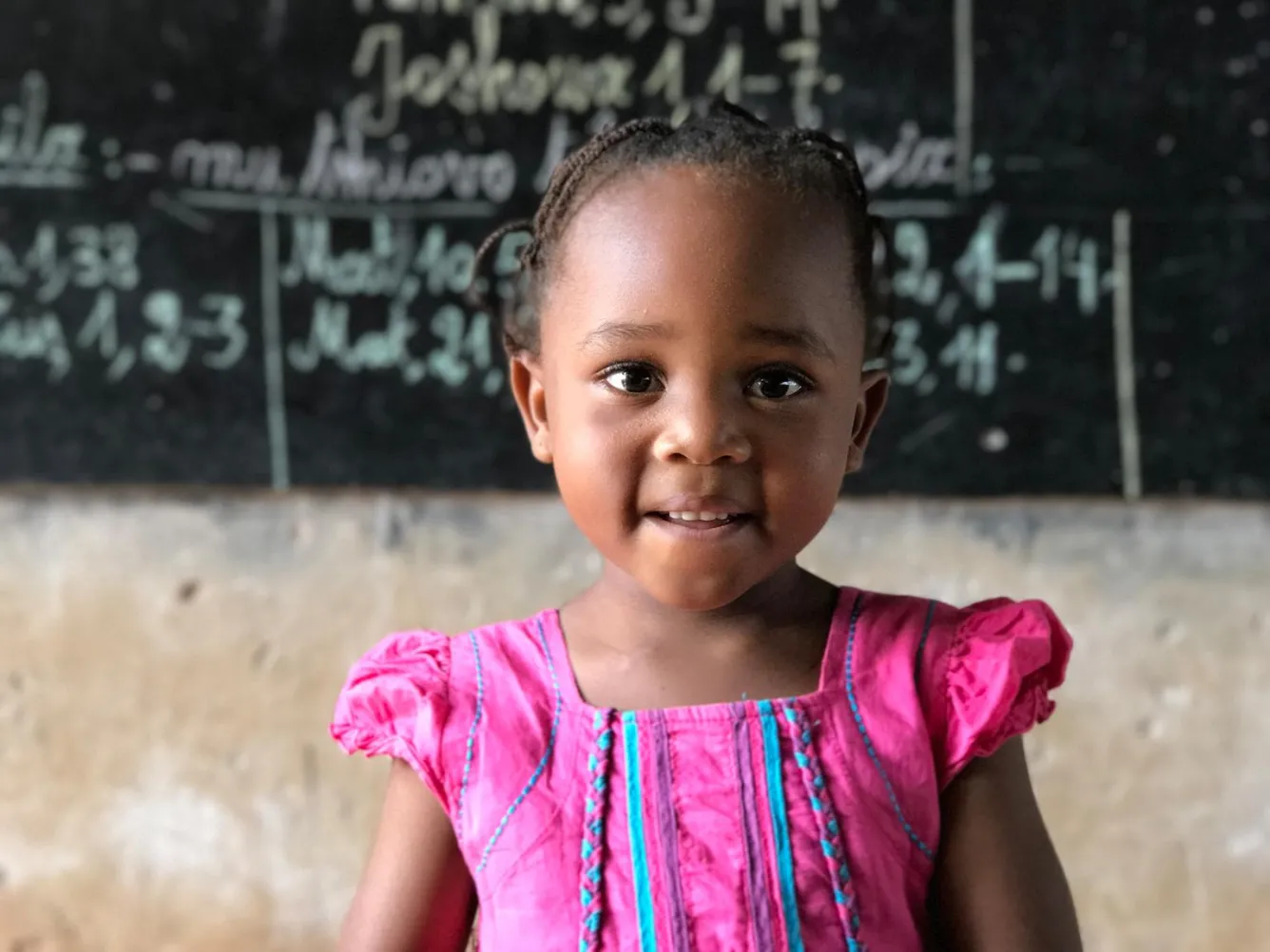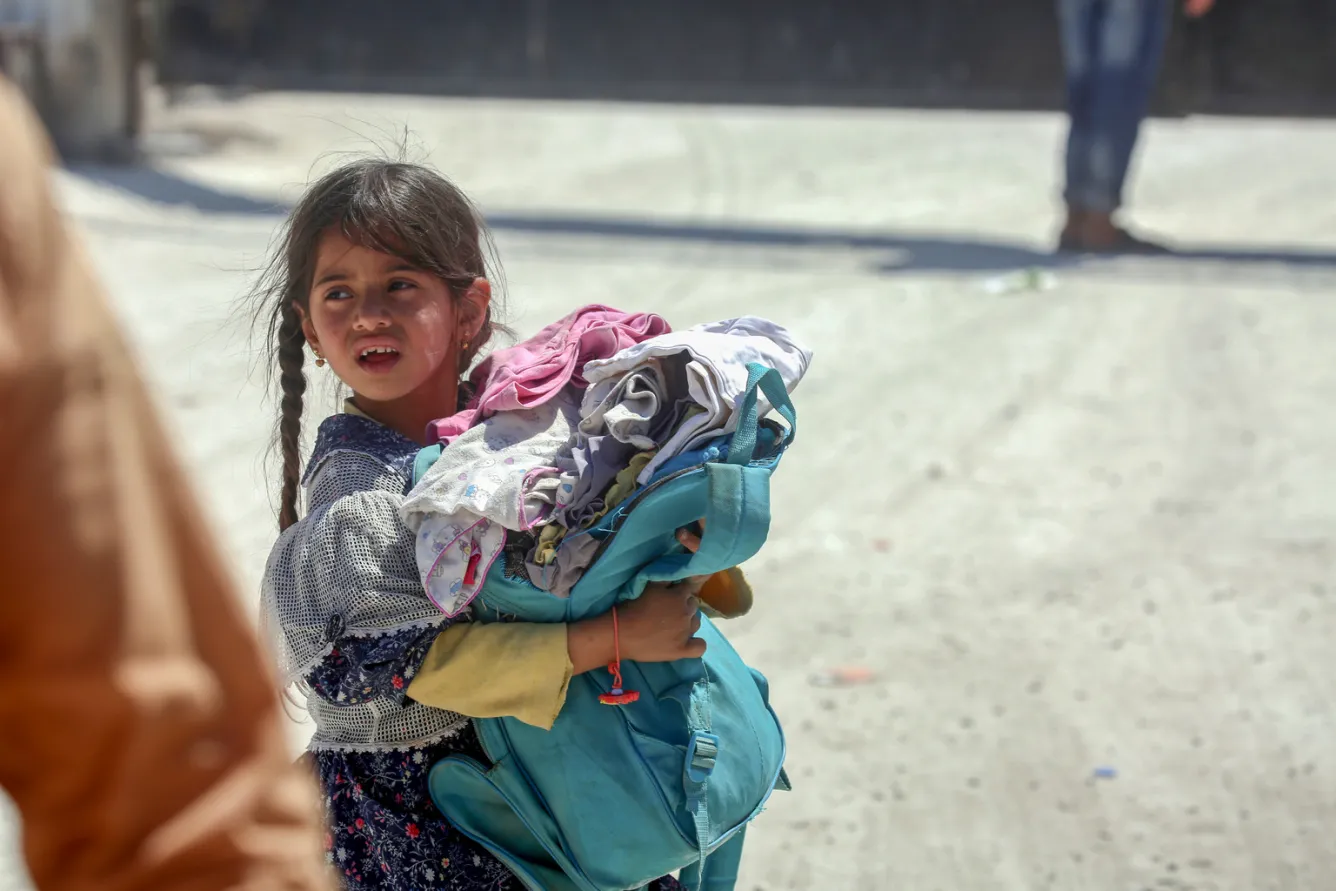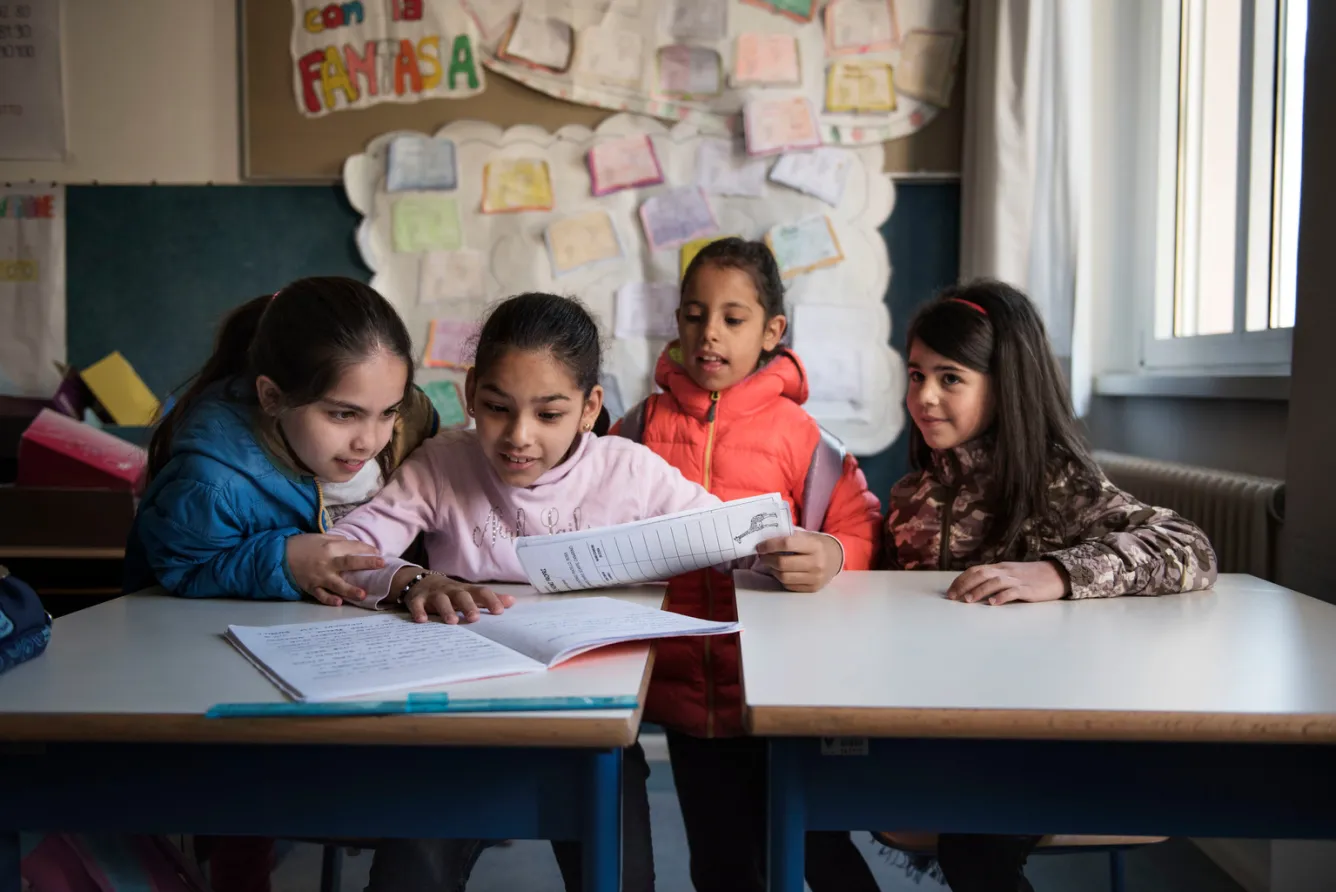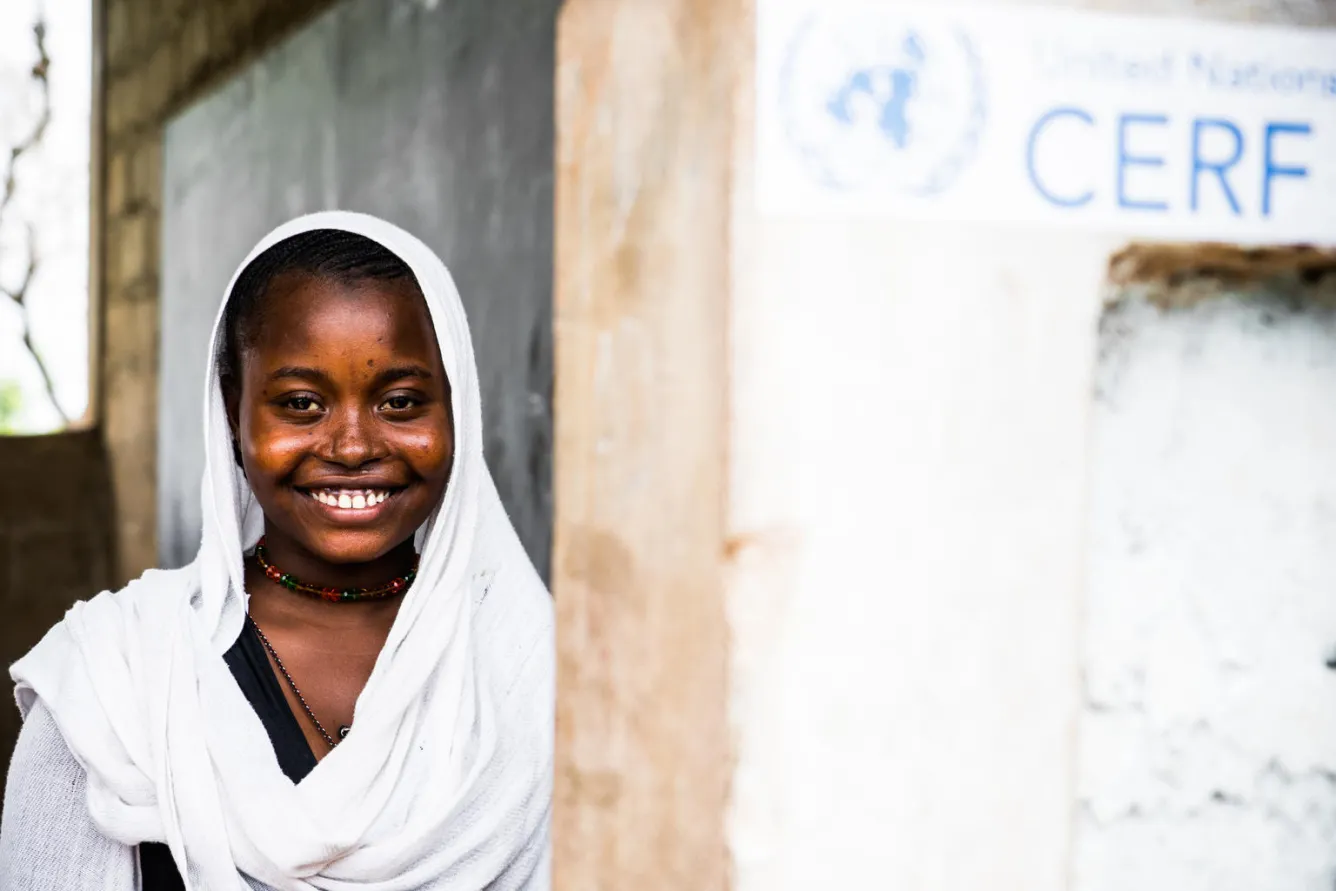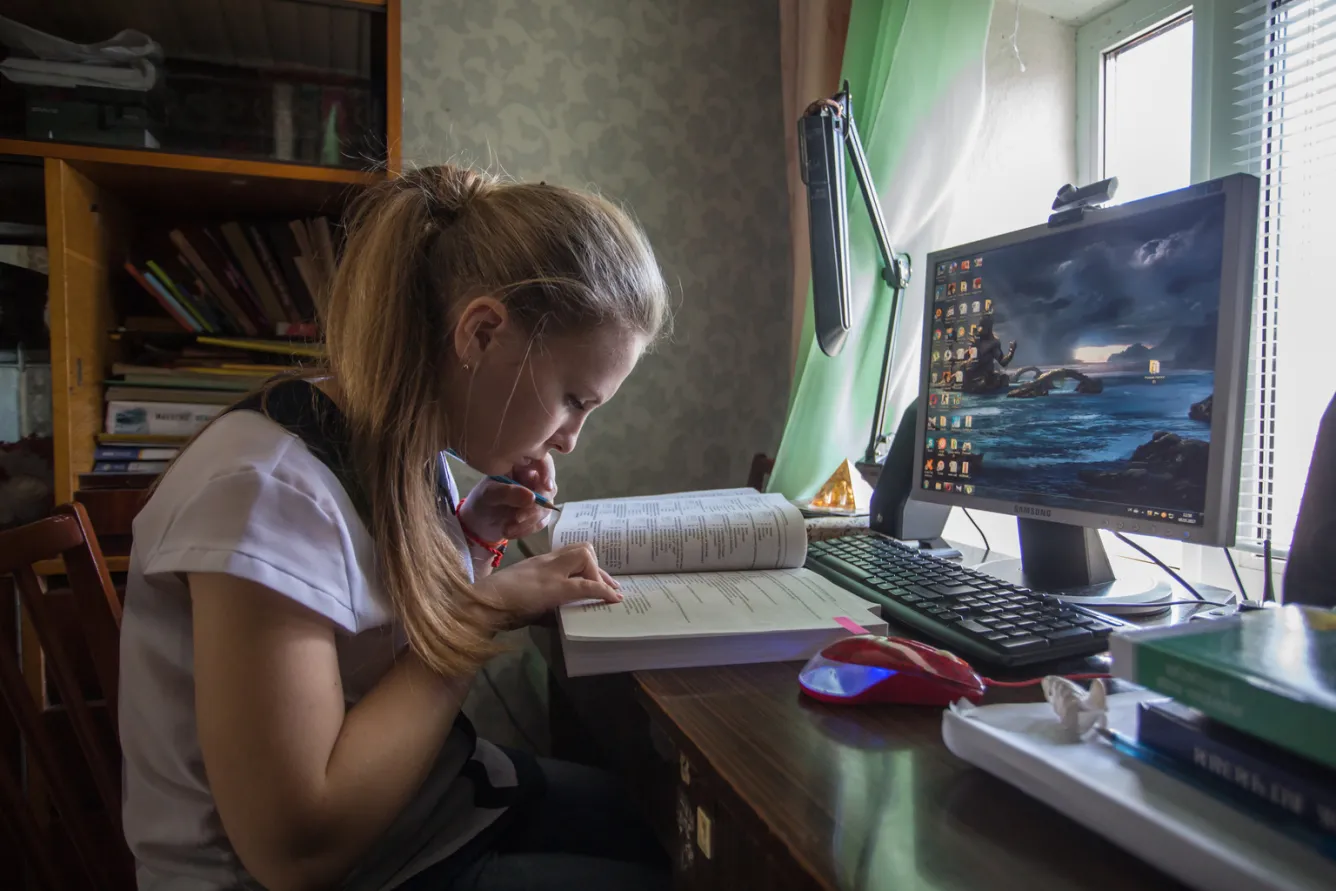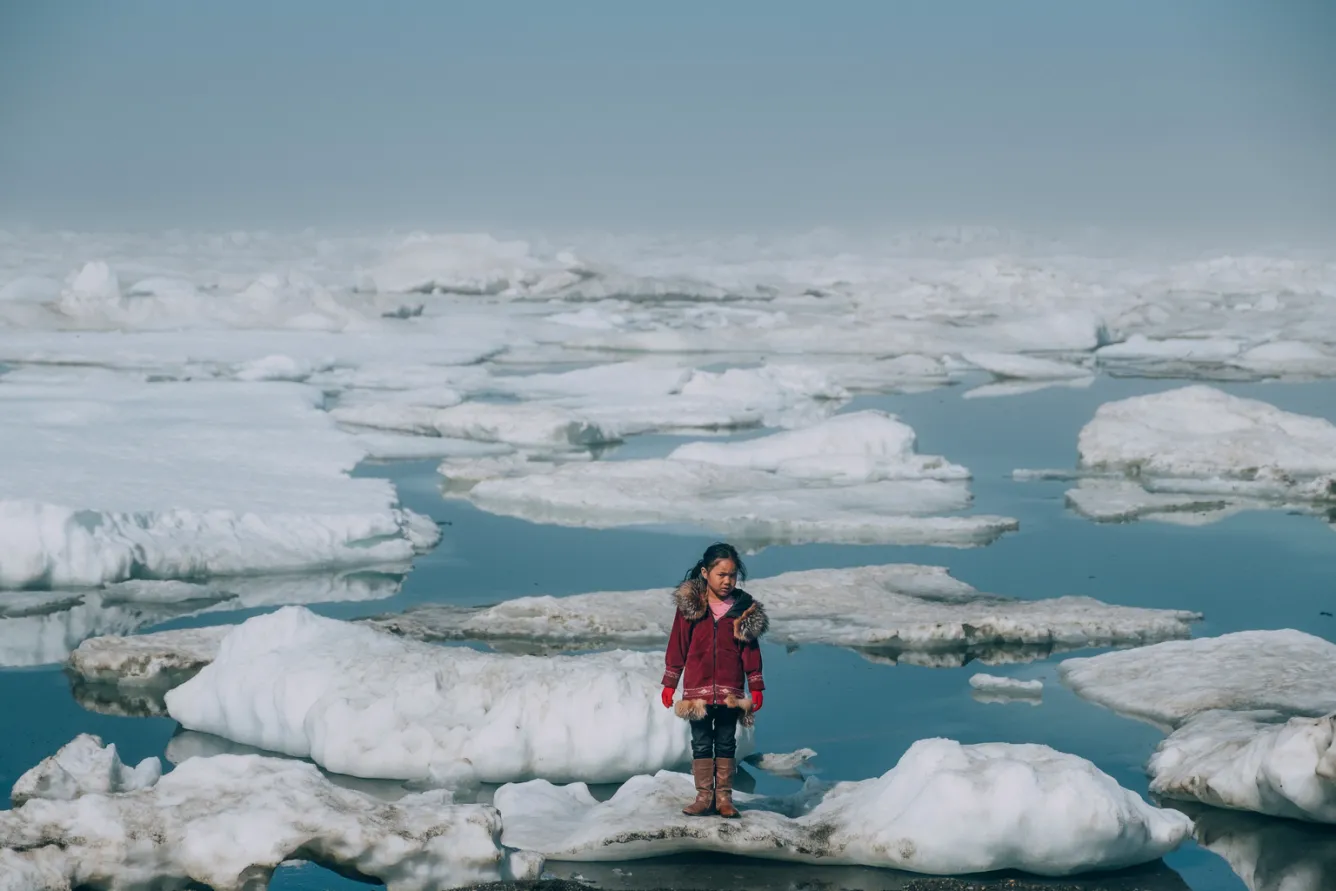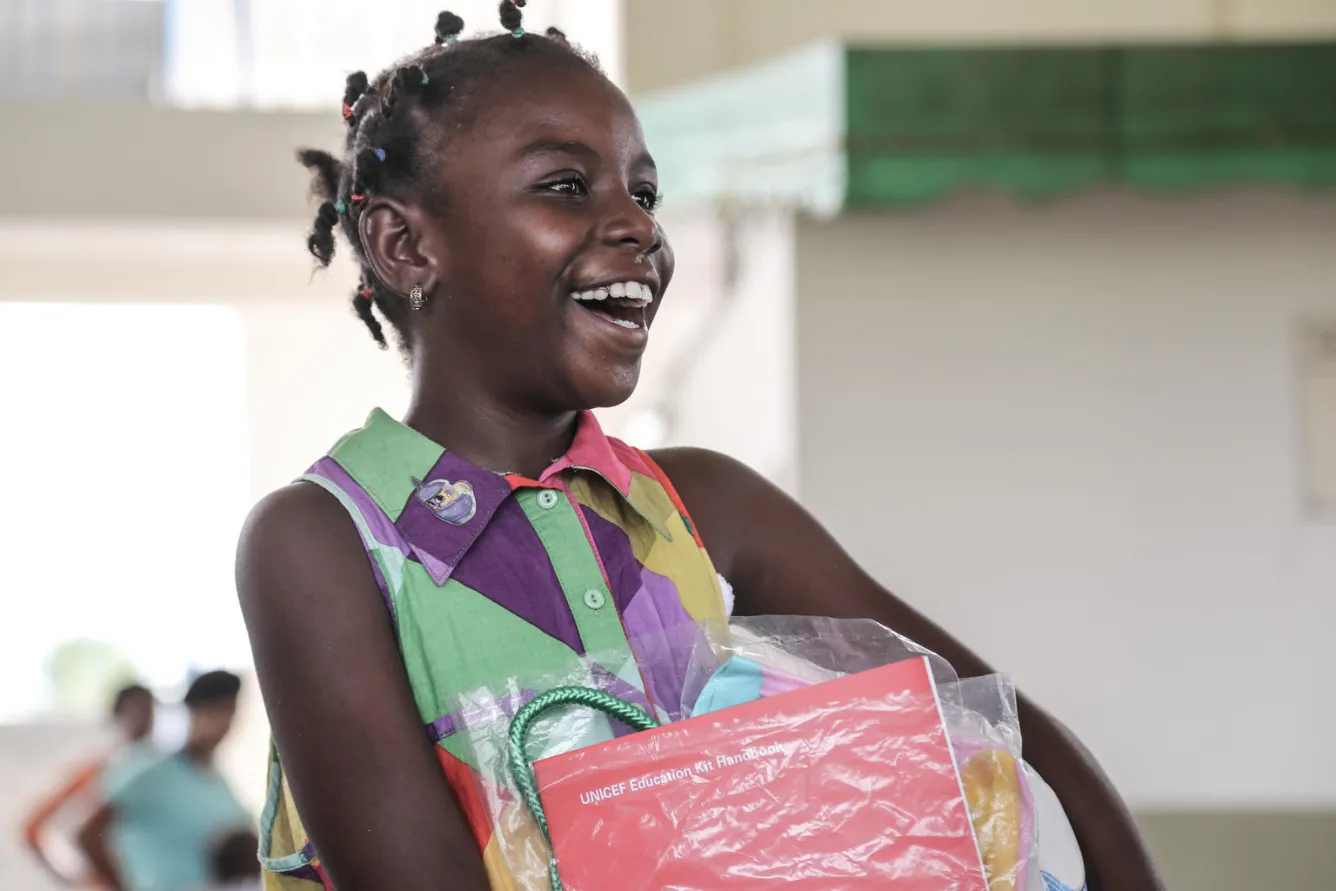As we celebrate the International Day of the Girl Child, we recognize and are inspired by the resilience of girls as they face more and more adversity in their communities. Climate change, war, forced migration, sexual violence, lack of education—these are only a handful of the things they experience day after day. Yet despite these hardships, they continue to not only survive, but to thrive, grow, learn, laugh, play and challenge themselves, often uplifting those around them as well—and their communities as a whole.
Talk about girl power.
To support girls like the 11 you’re about to be inspired by, click here.
Rebecca, 17, South Sudan
Rebecca Yar Chol, 17, who is in her final year of school, walks in the yard of a school in Pachong, near Rumbek, South Sudan. “I want to learn English so I can speak in places around the world. Mathematics is also good as I learned how to calculate,” says Rebecca. “This was hardly a school before, but now with the new construction it’s good for learning. We have water for drinking, and it’s easier to learn as more teachers have come to teach us.”
As of August 2017, the nutrition situation in South Sudan remains critical as the country approaches the end of the lean season. UNICEF and partners are working to treat rising levels of severe malnutrition among children brought on by years of conflict and instability. More than one million children in the country are estimated to be malnourished with over 276,000 suffering from severe acute malnutrition, a life-threatening condition.
Aya, 10, Iraq
10 year old Aya (centre) has returned to west Mosul from Haj Ali camp for displaced people. She is one of the students attending Saint Abd al-Ahad primary school in Mosul Jadida neighborhood in west Mosul.
The end of the violence in Mosul in July 2017 is likely to be a turning point for Iraq. Three years of traumatic experiences and months of intense fighting have left children and families in Mosul struggling with the physical and psychological wounds of war, with childhoods turned into nightmares of brutality, displacement and loss.
Sulem Hire, 9, Ethiopia
Sulem carries the jerry can holding water to her home which is four kilometers away from the borehole. Sulem says because it’s the school break season she can help her family with household chores particularly needed in this difficult drought affected season. Sulem hopes to become a teacher when she grows up and educate her community.
Rabia Basari, 10, Bangladesh/Myanmar
Rabia skips near a UNICEF supported Child-Friendly Space in Ukhiya, a sub-district of Cox's Bazar, Bangladesh. Rabia is from Myanmar's Rakhine state; her family fled to the Kutupalong Makeshift Settlement for Rohingya refugees one month ago.
By 5 September 2017, more than 146,000 Rohingya refugees fled across the border from Rakhine State, Myanmar, into Cox's Bazar Bangladesh. As many as 80 percent of the new arrivals are women and children; more than 70 000 children need urgent humanitarian assistance.
Kasai region, Democratic Republic of the Congo
“I want to be a doctor when I am bigger.” Children express their excitement at returning to school and their dreams for the future. Education is central to all their dreams and as peace makes a tentative return to the Kasai region of the Democratic Republic of the Congo, shops do a brisk trade in new school uniforms and notebooks for the new school year.
Ongoing clashes between militias and security forces have displaced thousands of families and left 850,000 children without access to basic services.
UNICEF estimates that 440,000 children have not been able to end their school year last year, largely due to the insecurity in the region.
Ain Issa Refugee Camp, Syria
At the Ain Issa makeshift camp, in Syria, a girl carries a UNICEF backpack and some clothing. More than 6,000 people live in harsh conditions and the numbers continue to rise as violence escalates in the area.
Since November 2016, unrelenting violence in Raqqa has displaced 107,000 people. Intensified attacks have destroyed infrastructure and shattered civilian lives. Families are seeking safety in poorly-equipped temporary shelters and camps in the area. They are living with little access to basic services.
Badiaa, 9, Italy
9 year old Syrian refugee Badiaa (second left) sits at a desk with Italian and Syrian friends in her classroom at a public elementary school in Trento, Italy. Badiaa, who is originally from Homs, Syria, arrived from Lebanon through a humanitarian corridor that helped 93 Syrian refugees reach Italy safely in February 2016.
As of May 2017, UNICEF continues to scale up its response in Italy, with a focus on advocacy and support to the improvement of reception and protection standards for refugee and migrant unaccompanied asylum-seeking children, capacity-building and youth engagement and participation.
Badoul Idriss, 16, Chad
Badoul stands outside the school she attends in Danamadja, southern Chad. "I like going to school because staying at home is not good for you,” says Badoul. “Before coming to Danamadja, I lived in Bangui [Central African Republic] where I lost both my parents. I came here with my grandmother and my six brothers and sisters. I want to keep going to school so that I can work for UNICEF one day and help children like I was helped. The dignity kits changed my school habits. Before, every time I had my period I didn’t come to school because I didn’t feel comfortable but now I never miss one day.”
Since the outburst of violence in the Central African Republic in 2013, 60,000 returnees from the Central African Republic have sought refuge in southern Chad. Among them are the 17,000 people living in Danamadja refugee camp, where children are now accessing education. Yet girls face many hurdles in attending school, including a lack of basic hygiene supplies, such as sanitary pads, which can tip the balance and lead them to drop out of school.
Dasha, 17, Ukraine
Dasha studies in her room at her home in the village of Hranitne, Ukraine, located along the so-called contact line, which divides government and non-government controlled areas where fighting is most severe. Despite the fighting, Dasha is preparing for her final school year exams and is determined to get to university to continue learning and to provide a better life for her family.
As the conflict in eastern Ukraine enters its fourth year, children continue to live under constant threat of shelling. Those nearest the so-called contact-line have been living in chronic fear and uncertainty due to sporadic shelling, unpredictable fighting and dangers from landmines and other unexploded ordnance. Many risk their safety to get an education.
Amaia, 11, United States
Amaia, an Iñupiat girl, stands on a ice floe on a shore of the Arctic Ocean in Barrow, Alaska. The anomalous melting of the Arctic ice is one of the many effects of global warming that has a serious impact on the lives of humans and wildlife. In recent years, big ice floes are found further from the shore, as the sea ice starts melting earlier and faster. Usually living and breeding on the ice, animals were forced to seek refuge on the beach, as the ice was too thin to sustain them, or even absent. It also gets more difficult for the Iñupiat people to hunt seals and walruses, who mostly live on the sea ice.
UNICEF projects that some 600 million children – or 1 in 4 children worldwide – will be living in areas where water demand far outstrips supply by 2040. Climate change is one of the key drivers of water stress, which occurs when more than 80 per cent of the water available for agriculture, industry and domestic use is withdrawn annually.
Desre Simon, 10, Antigua and Barbuda
Desre, laughing, holds educational and recreational supplies that she received during a UNICEF distribution at the Antigua Recreation Ground (Antigua and Barbuda’s national stadium), in St. John’s, capital of the island of Antigua. “I chose a pink skipping rope and a green skipping rope. My favourite is the pink one. I love pink!” she said.
UNICEF is distributing educational and recreational supplies and supporting sports, creative workshops and other activities for children at the stadium – which now serves as a shelter for families displaced from Barbuda by Hurricane Irma.
On September 6, 2017, Hurricane Irma, the strongest hurricane ever recorded in the Atlantic, pummelled islands in the Eastern Caribbean. The category 5 storm left a path of destruction – especially on Anguilla, the British Virgin Islands, Barbuda and Turks and Caicos Islands. Some 73,000 people in this area, including 20,000 children, are affected, and at least 132 schools have been damaged.
To support UNICEF’s work supporting girls and their communities around the world, click here.


